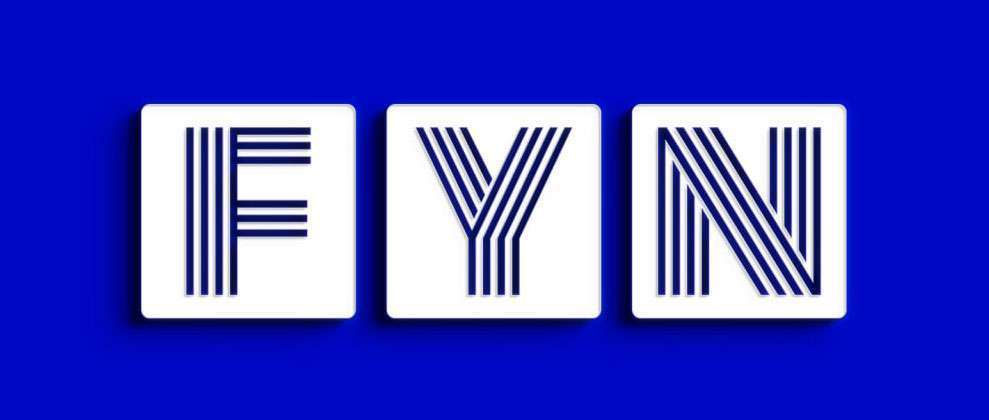Phnom Penh: Last Saturday, 25th of February at Himawari Hotel Apartments management, staff and guests gathered to celebrate Chinese New Year by watching lion dance performances to usher in the year of the Rat. After the lion dance performances, management, staff, and guests were invited to have a photo session with the lion dancers.
 The history of Lion dance is traditional Chinese is a form of traditional dance in Chinese culture and other Asian countries in which performers mimic a lion’s movements in a lion costume to bring good luck and fortune.
The history of Lion dance is traditional Chinese is a form of traditional dance in Chinese culture and other Asian countries in which performers mimic a lion’s movements in a lion costume to bring good luck and fortune.
 The lion dance is usually performed during the Chinese New Year and other Chinese traditional, cultural and religious festivals. It may also be performed on important occasions such as business opening events, special celebrations or wedding ceremonies, or may be used to honor special guests by the Chinese communities.
The lion dance is usually performed during the Chinese New Year and other Chinese traditional, cultural and religious festivals. It may also be performed on important occasions such as business opening events, special celebrations or wedding ceremonies, or may be used to honor special guests by the Chinese communities.
 The Chinese lion dance is sometimes mistakenly referred to as dragon dance by most first-timers. An easy way to tell the difference is that a lion is normally operated by just two dancers and has a tail, while a dragon is longer and is held on poles by many people. Chinese lion dance fundamental movements can be found in Chinese martial arts.
The Chinese lion dance is sometimes mistakenly referred to as dragon dance by most first-timers. An easy way to tell the difference is that a lion is normally operated by just two dancers and has a tail, while a dragon is longer and is held on poles by many people. Chinese lion dance fundamental movements can be found in Chinese martial arts.
 There are two main forms of the Chinese lion dance, the Northern Lion and the Southern Lion. Both forms are commonly found in China, but around the world especially in South East Asia, the Southern Lion predominates as it was spread by the Chinese diaspora communities who are historically mostly of Southern Chinese origin. The Southern Lion consists of three styles, Hok San, Fut San, and Fut Hok. Versions of the lion dance are also found in Japan, Korea, Tibet, and Vietnam. Another form of lion dance exists in Indonesian culture, but it may be of a different tradition and may be referred to as Singa Barong.
There are two main forms of the Chinese lion dance, the Northern Lion and the Southern Lion. Both forms are commonly found in China, but around the world especially in South East Asia, the Southern Lion predominates as it was spread by the Chinese diaspora communities who are historically mostly of Southern Chinese origin. The Southern Lion consists of three styles, Hok San, Fut San, and Fut Hok. Versions of the lion dance are also found in Japan, Korea, Tibet, and Vietnam. Another form of lion dance exists in Indonesian culture, but it may be of a different tradition and may be referred to as Singa Barong.
Photo by: Engly Tuy (Sakura)


















